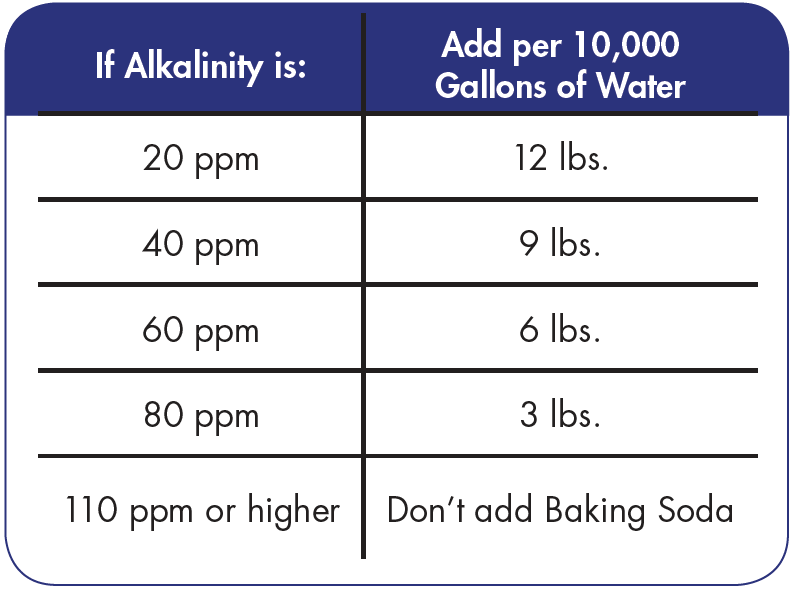Having a clean and well-maintained pool is crucial for an enjoyable swimming experience. One of the key ingredients for maintaining the pH level of your pool water is baking soda. Baking soda, also known as sodium bicarbonate, is a versatile and cost-effective product that can help keep your pool water balanced and sparkling clean.
Why Use Baking Soda in Your Pool?
Baking soda is a popular choice for pool owners due to its affordability and effectiveness in maintaining the pH balance of the water. It can help stabilize the alkalinity of the pool water, preventing fluctuations that can lead to cloudy water or skin irritation. Additionally, baking soda is a gentle and non-toxic alternative to harsh chemicals, making it safe for both swimmers and the environment.
Benefits of Adding Baking Soda to Your Pool
There are several benefits to adding baking soda to your pool water:
- Balance pH Levels: Baking soda helps to stabilize the pH levels of the pool water, preventing acidity or alkalinity that can cause skin and eye irritation.
- Alkalinity Control: Baking soda acts as a buffer against sudden changes in the pool’s alkalinity, ensuring a consistent and comfortable swimming environment.
- Prevent Algae Growth: By maintaining the proper pH balance with baking soda, you can prevent algae growth and keep your pool water clear and clean.
- Cost-Effective: Baking soda is an affordable alternative to commercial pool chemicals, saving you money in the long run.

Credit: www.armandhammer.com
How to Add Baking Soda to Your Pool
Adding baking soda to your pool is a simple and straightforward process that can be done in a few easy steps:
- Test the Water: Use a pool water testing kit to check the current pH and alkalinity levels of the pool water.
- Calculate the Amount: Determine the amount of baking soda needed based on the size of your pool and the current pH levels.
- Distribute Evenly: Add the required amount of baking soda to a bucket of water to dissolve it before pouring it into the pool. This helps prevent clumping and ensures even distribution.
- Pour into the Pool: Slowly pour the dissolved baking soda mixture around the perimeter of the pool while the pump is running to help circulate the water and distribute the baking soda evenly.
- Test Again: After a few hours, test the water again to ensure that the pH and alkalinity levels are within the recommended range.

Credit: www.wikihow.com
How Much Baking Soda to Add
The amount of baking soda to add to your pool depends on the size of your pool and the current pH levels. As a general guideline, you can use the following recommendations:
| Pool Size | Baking Soda Amount |
|---|---|
| Small Pool (up to 10,000 gallons) | 1.5 pounds of baking soda |
| Medium Pool (10,000-20,000 gallons) | 2.5 pounds of baking soda |
| Large Pool (20,000+ gallons) | 4 pounds of baking soda |
Adjust the amount of baking soda based on your pool’s specific requirements and the results of your water testing.
When to Add Baking Soda
It is recommended to add baking soda to your pool in the evening or at night when the sun is not as strong. This allows the baking soda to dissolve and distribute evenly in the water without being affected by sunlight or heat. Additionally, avoid adding baking soda when there are swimmers in the pool to prevent any skin irritation or discomfort.
Conclusion
Adding baking soda to your pool is a simple and effective way to maintain the pH balance and alkalinity of the water, ensuring a clean and safe swimming environment for you and your family. By following the proper guidelines and testing your water regularly, you can enjoy a sparkling pool that is free from algae and other contaminants. Make baking soda a part of your pool maintenance routine and reap the benefits of a well-balanced and refreshing swimming experience.





